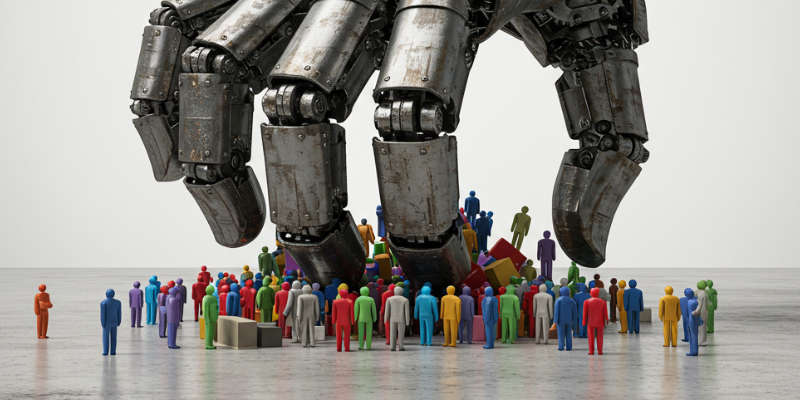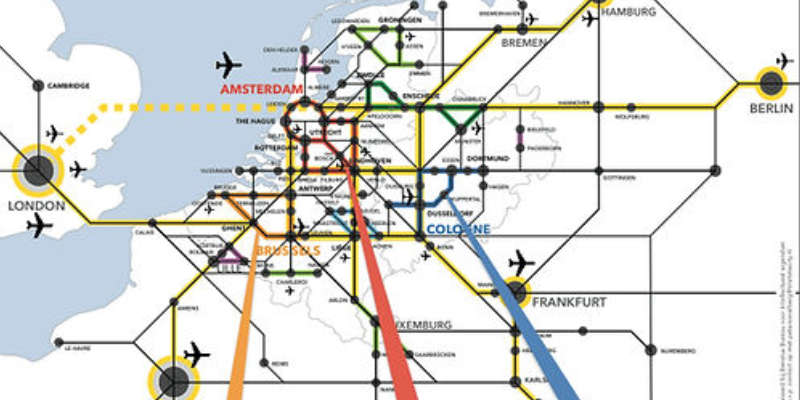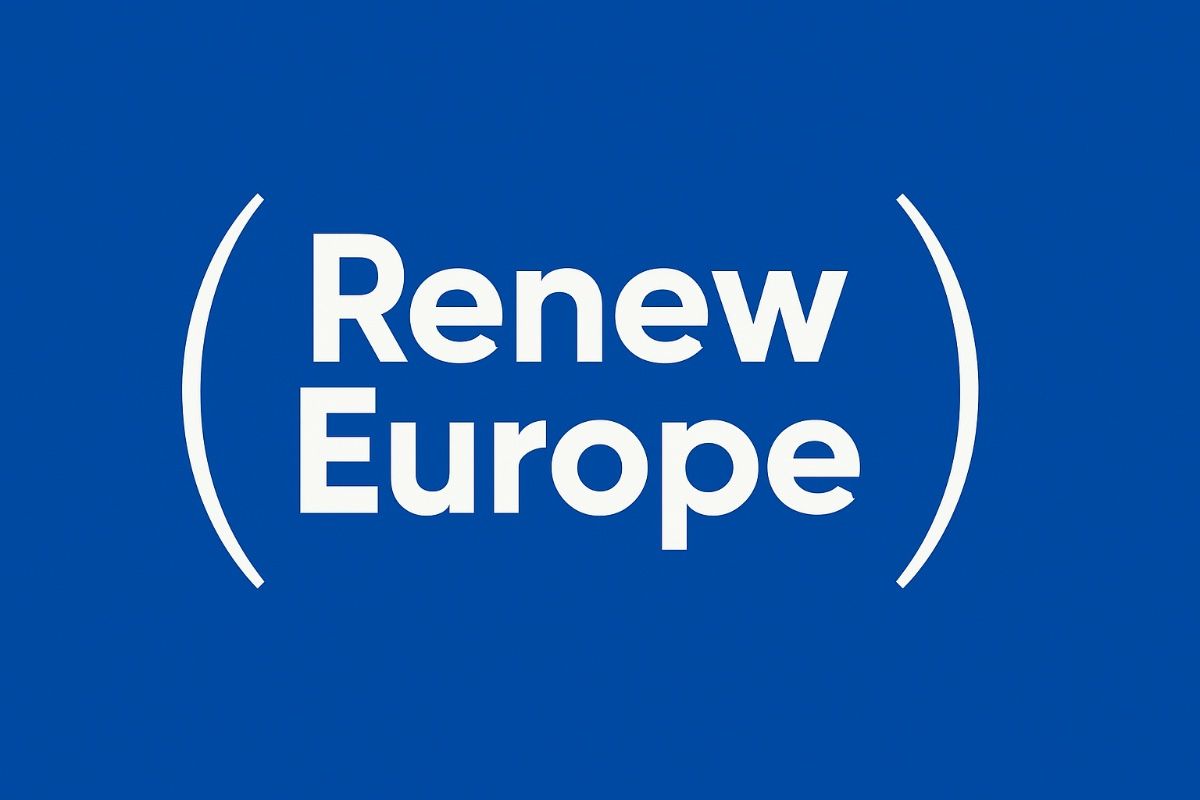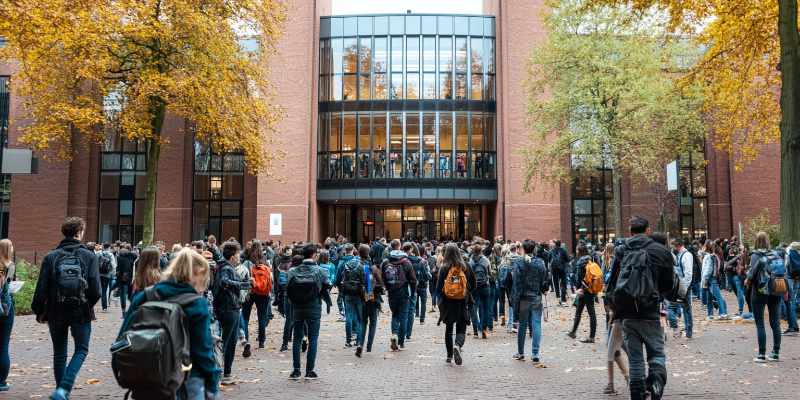How the EU and Supranational Organizations Made Energy Unaffordable
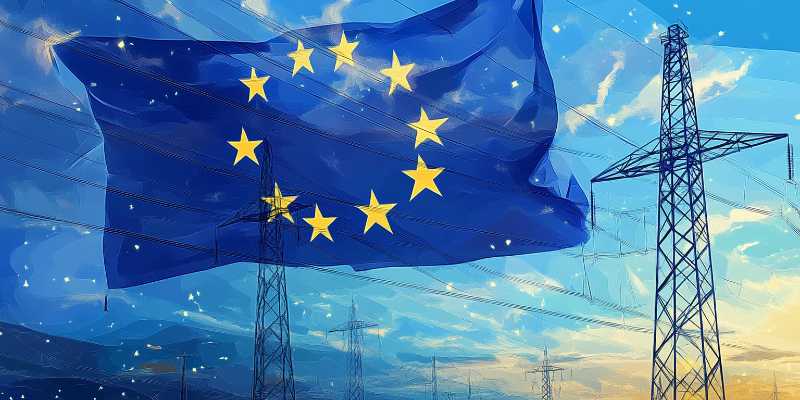
Energy prices in Europe have skyrocketed in recent years, leaving many citizens struggling to pay their bills. While mainstream narratives often blame external factors such as global market fluctuations or the war in Ukraine, a deeper analysis reveals that much of this crisis is rooted in the policies and decisions of the European Union (EU) and its affiliated supranational organizations, such as NATO. From aggressive geopolitical stances to an ideological push for “green” energy, the policies of these institutions have exacerbated the problem rather than solved it.
Geopolitical decisions and the energy crisis
Sanctions and the Russia-Ukraine war
The EU’s sanctions against Russia following its invasion of Ukraine had a direct and devastating impact on European energy markets. Before 2022, Russia supplied around 40% of the EU’s natural gas, with countries like Germany, Italy, and the Netherlands heavily dependent on cheap Russian energy (IEA, 2021). The EU’s decision to cut off this supply without securing viable alternatives led to immediate shortages and price hikes.
While the official justification was to weaken Russia’s economy, the reality is that European citizens bore the brunt of these sanctions. Energy-intensive industries faced closure, inflation skyrocketed, and household energy bills tripled in some member states (Eurostat, 2023). Meanwhile, Russia redirected its energy exports to China and India, while Europe scrambled to secure costly LNG imports from the United States and Qatar.
NATO’s role in escalating tensions
NATO, with the EU’s backing, played a crucial role in the deterioration of relations with Russia long before the war in Ukraine. The alliance’s eastward expansion and military support for Ukraine heightened tensions, making Russia more reluctant to maintain energy cooperation with the EU (Mearsheimer, 2015). The war was not just an isolated conflict; it was the culmination of years of geopolitical miscalculations, many of which were driven by Brussels and Washington rather than Moscow alone.
The ideological obsession with “green” energy
Forcing unreliable renewables onto the market
For years, the EU has aggressively pushed for the transition to renewable energy, often at the expense of reliability and affordability. The European Green Deal, spearheaded by the European Commission, aims for climate neutrality by 2050, but its immediate effects have been disastrous (European Commission, 2019). Governments have been pressured to phase out coal and nuclear energy while replacing them with solar and wind power—despite the fact that these sources remain inconsistent and dependent on weather conditions.
Countries like Germany, which shut down its nuclear plants in favor of wind and solar, have faced frequent energy shortages, forcing them to rely on expensive gas imports (Agora Energiewende, 2022). The EU’s ideological rigidity on renewables has made the energy market more vulnerable, rather than ensuring stable and affordable electricity for its citizens.
Carbon taxes and regulations driving up costs
The EU’s Emissions Trading System (ETS) has further worsened the crisis by imposing heavy taxes on carbon emissions. The cost of carbon permits has skyrocketed, making traditional energy production—such as coal and gas—far more expensive (European Environment Agency, 2023). While framed as an environmental necessity, these regulations have primarily resulted in higher energy prices for consumers, forcing industries and households to absorb the added costs.
Financialization and market manipulation
The role of energy speculation
Liberalization of the EU energy market has led to extreme price volatility. Instead of maintaining state-controlled energy sectors, many European countries allowed private corporations and financial institutions to speculate on energy prices (Baker, 2022). This has made energy pricing more susceptible to artificial inflation, with traders profiting from market uncertainty while consumers suffer.
Privatization and lack of strategic reserves
Unlike Russia, China, or even the United States, which maintain large state-controlled energy reserves, the EU has failed to secure strategic energy supplies. Countries are left exposed to market fluctuations, relying on spot prices rather than long-term contracts that could stabilize costs (Scholz, 2022). This hands-off approach has left European citizens vulnerable to price spikes caused by external shocks.
What does this mean for European citizens?
Rising poverty and economic decline
Soaring energy prices have pushed millions of Europeans into energy poverty. Households in Spain, Italy, and Eastern Europe have been forced to ration heating, while governments scramble to introduce subsidies that only provide temporary relief (Eurostat, 2023). Meanwhile, European industries—especially those in manufacturing and heavy industry—are struggling to compete with regions where energy remains affordable.
Dependence on foreign energy suppliers
While the EU claims to seek “energy independence,” its actions have achieved the opposite. Instead of relying on Russian gas, Europe now depends on costly imports from the US and Middle Eastern states, often at significantly higher prices (IEA, 2023). The push for green energy has also made the EU dependent on China, which dominates the production of solar panels and rare-earth minerals used in wind turbines (IEA, 2022). Instead of achieving autonomy, Europe has merely exchanged one dependency for another.
Conclusion
The energy crisis in Europe is not merely the result of external factors, but largely the consequence of poor policymaking by the EU and supranational organizations such as NATO. From reckless geopolitical decisions and overreliance on unreliable renewables to market-driven speculation and punitive regulations, these institutions have played a decisive role in making energy unaffordable for European citizens. Unless these flawed policies are reversed, Europe faces a future of continued economic stagnation, energy poverty, and increasing dependence on external powers.
References
- Agora Energiewende (2022). “Germany’s energy crisis: The consequences of nuclear shutdowns.”
- Baker, P. (2022). “How financial speculation drove Europe’s energy prices up.”
- European Commission (2019). “The European Green Deal: A vision for 2050.”
- European Environment Agency (2023). “The impact of carbon pricing on energy affordability.”
- Eurostat (2023). “Energy poverty in Europe: Statistics and trends.”
- IEA (2021). “Europe’s reliance on Russian gas: Data and analysis.”
- IEA (2022). “China’s dominance in renewable energy supply chains.”
- IEA (2023). “LNG imports to Europe: Market dynamics and pricing.”
- Mearsheimer, J. (2015). “Why the Ukraine crisis is the West’s fault.”
- Scholz, O. (2022). “How Germany’s energy policy left it vulnerable to crisis.”



